I still remember one of the first great lessons I received from a photographer. It was so great, in fact, that it etched itself in my mind and became a kind of mantra for me (even though I didn't completely understand it).
It’s no secret that I live in a fairly turbulent country, thanks to its uncontrolled violence. This undermines the peace of many sectors of the population (if not all of them). Photography, in its generosity, is not exclusive to social classes, and one of the great fears of many people who have invested a lot of money in equipment is to be assaulted or robbed.
That was a concern expressed by a student to this seasoned photographer – and his response was, “The camera gives you power.” He said that he felt even safer with a camera than without one.
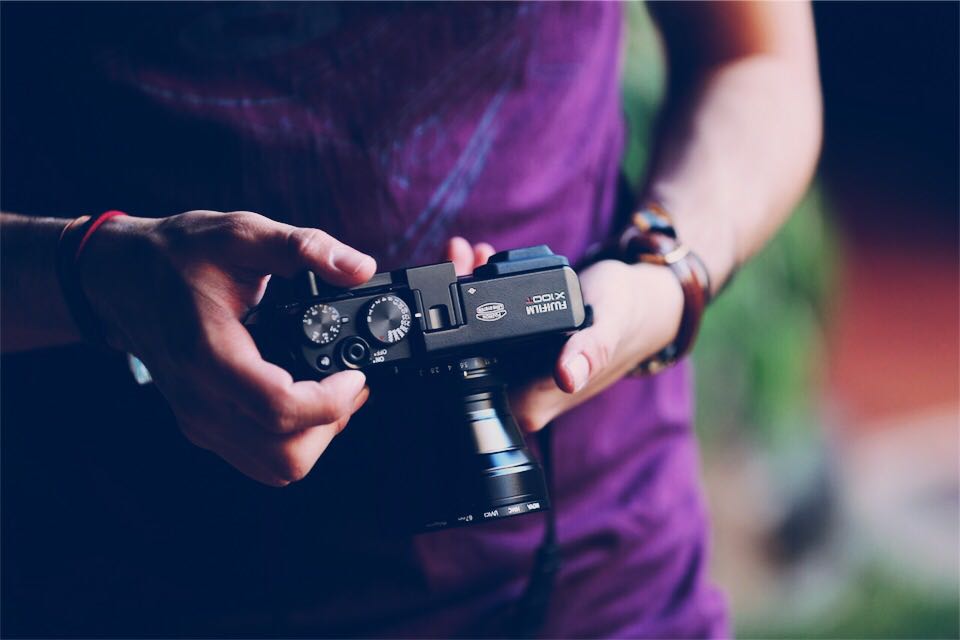
As a person who has suffered several robberies and assaults, it has taken me some time to really understand the wisdom of those words. The primordial thing here is that photography is an instrument that helps us complain or create awareness via our own vision of reality.
Social Change And Awareness
Photography has often advocated for the social interests of people who desire change or want to reveal certain tints and hues of reality that the big powers (corporations and government) don't want us to see. Let's refresh our minds a bit about how photography and television helped Americans to change their perception of the Vietnam War.
Formal photojournalism has always been an authority in the diffusion of the crudest faces of truth, but we as photographers can use the medium as an instrument of complaint – not only for negative stuff but also for the positive. Many stories deserve to be told and are not sad or negative.
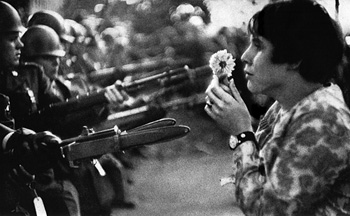
It is understood that photography can help to create social change, or at least to help it happen slightly faster. Just by being able to take a picture and immortalize a moment that reflects a position on a subject or a concern – and its consequent publication in the appropriate medium – is perhaps one of the most effective ways to achieve this state.
You Don't Need To Go Far

To create photographs that respond to the social dynamics we’re looking for, and thus spur social change, it is not necessary to go very far. In fact, we're more likely to give an objective approach or opinion on a topic that matters to us if we’re part of the situation.
Ironically, it's easier to identify these situations if we are not used to them, but it is the responsibility of every photographer to maintain a high degree of sensitivity – I am not talking about emotion, but about being able to be aware of things that need to be photographed– towards reality.
It Is Not Necessary To Be A Photographer
A reckless statement? Perhaps. But what I do know is that photography can help communities in complex psychosocial situations to cope in a less complicated way. There are many examples – and this is good because even though it is true, the changes are seen gradually. Recently I found this example that I found wonderful.
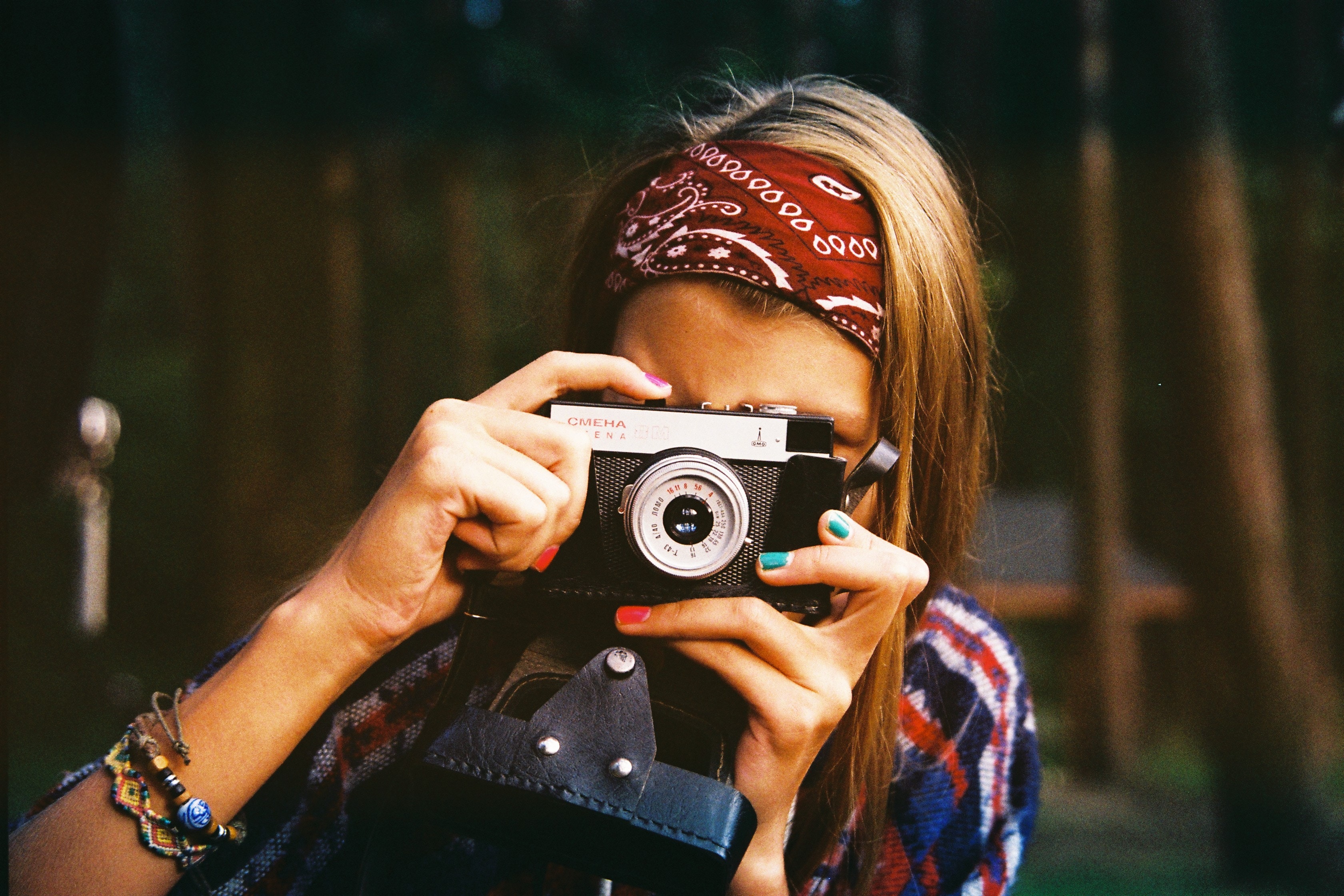
In these type of dynamics, a community is empowered to express itself through a photographic medium. I do not know exactly how long these types of dynamics have been going on, but I do know that it has generated good results, not only for the spectators but the photographers too. These people get to express themselves, and viewers can enter through an intimate window into the life of communities that inhabit a singular reality.
Through these exercises, the subjects themselves are the ones documenting their daily situations, instead of some outsider photographer. Some photographers actually manage to connect with communities, but the scarcity of resources (time and so on) makes close connections very difficult indeed.
Not Everything Has To Be Photojournalism
When we speak of awareness or complaint, we often tend to think of photojournalism, especially those of us who are immersed in the photographic discipline and are passionate about certain types of images. But it's not all photojournalism. Advertising campaigns for social awareness can also be bold and powerful, and even uncomfortable.
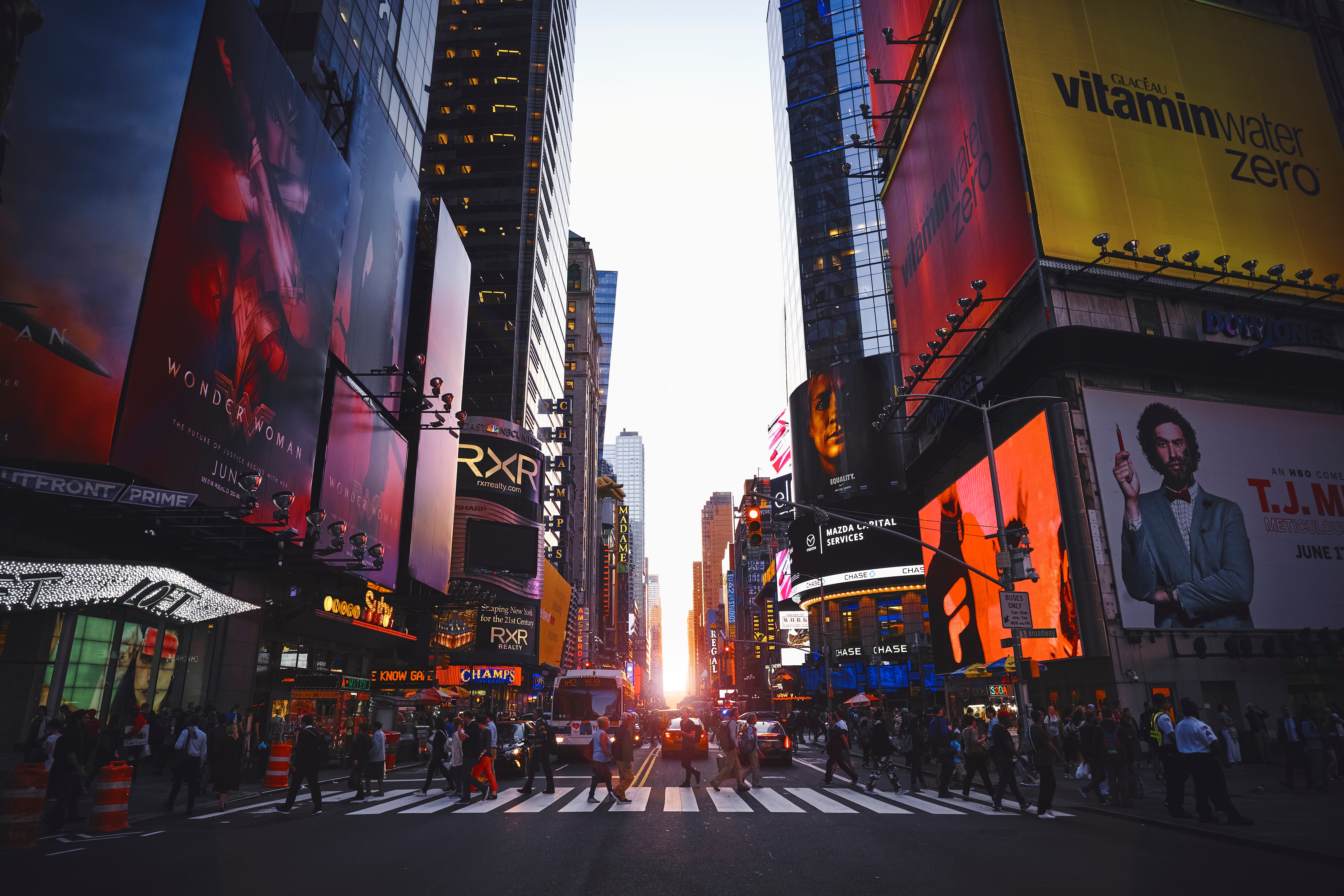
Advertising has the power to surprise when it’s ingeniously done. It’s best for me when it’s done for a social cause, either by a specific initiative from an NGO or through a company trying to demonstrate some sort of corporate social responsibility. The origin does not matter, but the message does. Here’s an excellent compendium of 25 images associated with powerful social awareness campaigns.
Hey, There's More!
While researching this article, I stumbled onto this magnificent place driven by UNICEF, which advocates for children and women using visual evidence and storytelling to support their rights. UNICEF's spirit has been always to give a fair chance in life to every child, everywhere, especially the most disadvantaged ones.

Whether it's part of a million-dollar advertisement campaign to raise awareness, or simply a result of a small empowerment effort of giving cameras to a vulnerable community, the important thing is that the camera has power – and that power must be used always to create a better world.



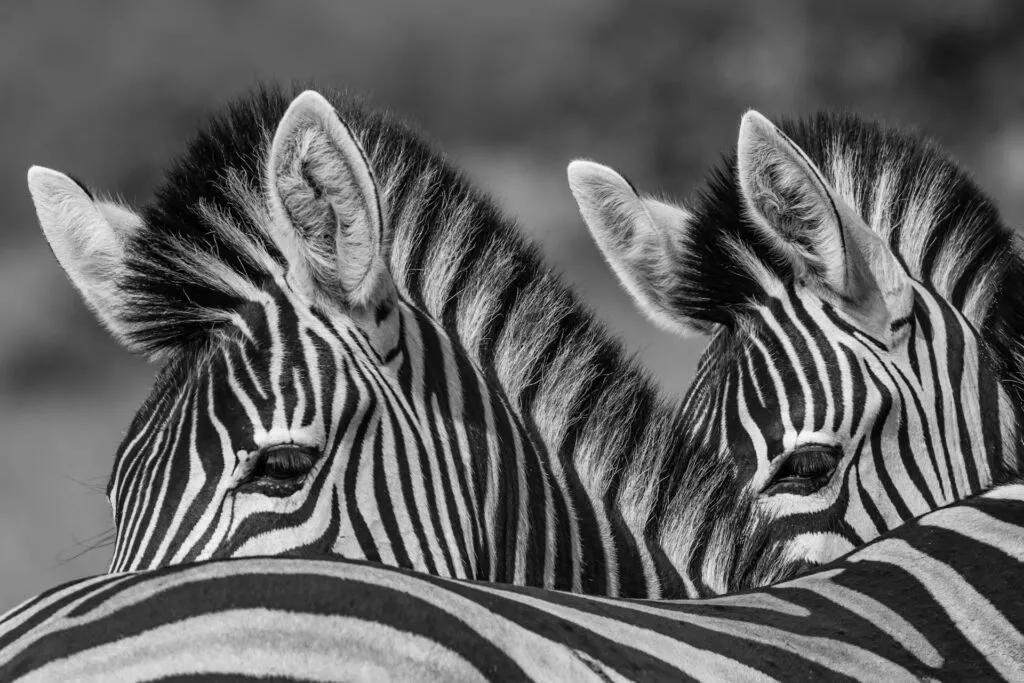
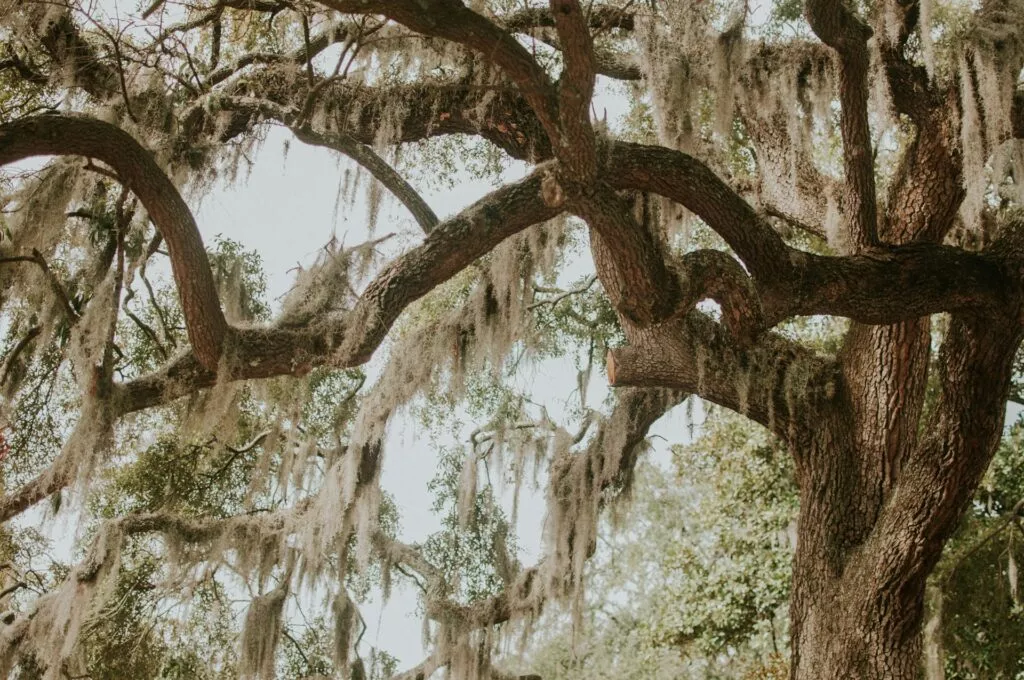
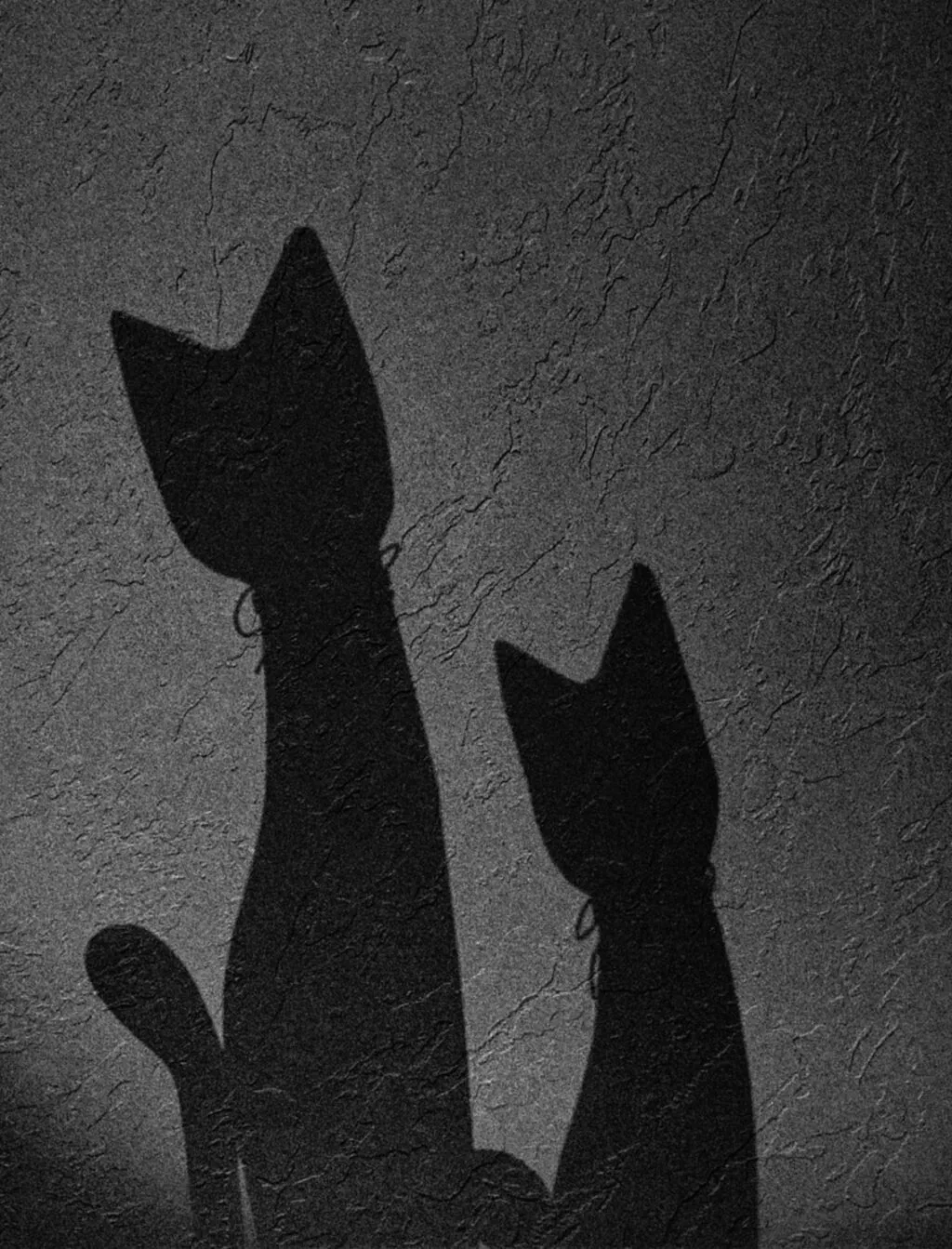
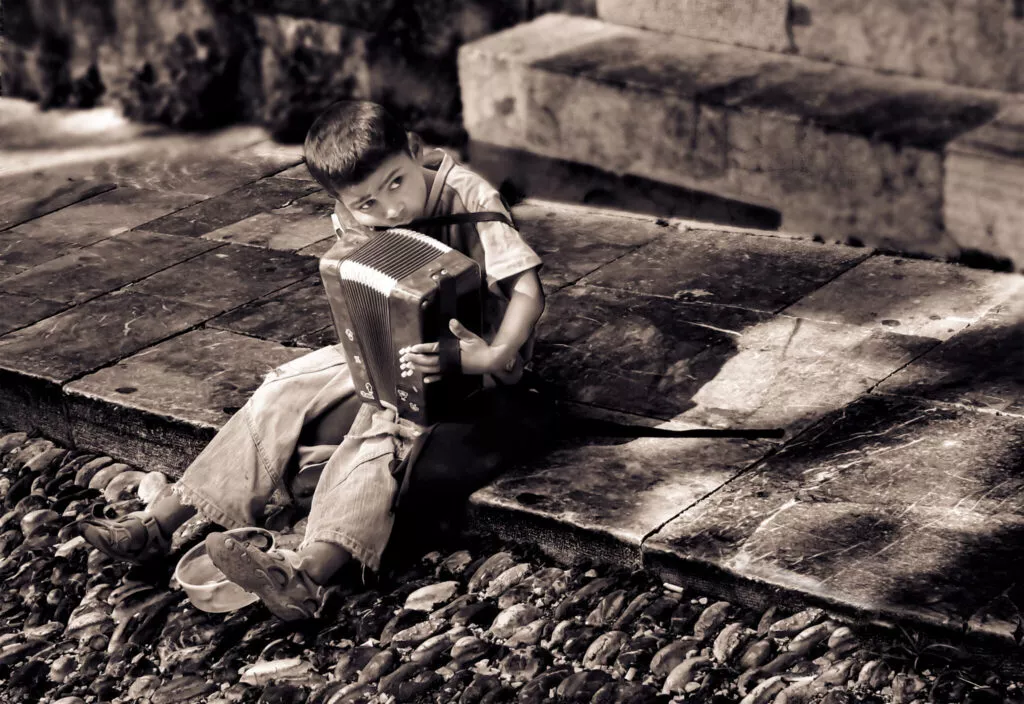
1 Comment
Hi Federico (BTW – your name is misspelt in “ABOUT THE AUTHOR”).
In the section headed “You don’t need to go far”, you suggest that “it’s easier to identify these situations if we are not used to them”. In another group, several members suggested they don’t find anything to photograph, near their home.
I find the opposite – it’s essential in photography to develop “the eye” – to see things others might not notice.
I had the rare privilege many years ago of discussing this process of “seeing” with a group of indigenous Australians. They regard it as quite rude to look directly at a person, as we do – looking straight at each others eyes, for instance. Instead, they look away from you – but they actually see you, quite clearly, using their lateral vision. They’ve been doing this for tens of thousands of years, and it has developed their lateral vision to the point that they see quite clearly in a range of 170 degrees. We don’t – unless we also train ourselves to “see”, as they do. And I met workers of european extraction who were employed by the indigenous Australian group I’d been talking to, and who had in fact been trained by them to see as they do.
Perhaps because of that, I see heaps of things – situations maybe, or changes in lighting – plants perhaps – wildlife – quite a staggering range and variety, a lot of it within a stone’s throw from my front door, a great deal of it in the small suburb where I live, and a literally enormous amount of it a kilometre from here, in a “central business district” not far from where I live.
I am careful not to cause offence to less fortunate people by invading their lives with my camera – I’m not wealthy myself, but there are many people for whom life is a lot tougher, and in this country, unjustifiably so – and the very least I can do for them is to treat them with respect, not as objects of curiosity or something. But with that rider, it is astonishing what is “there” – IF we open our eyes.